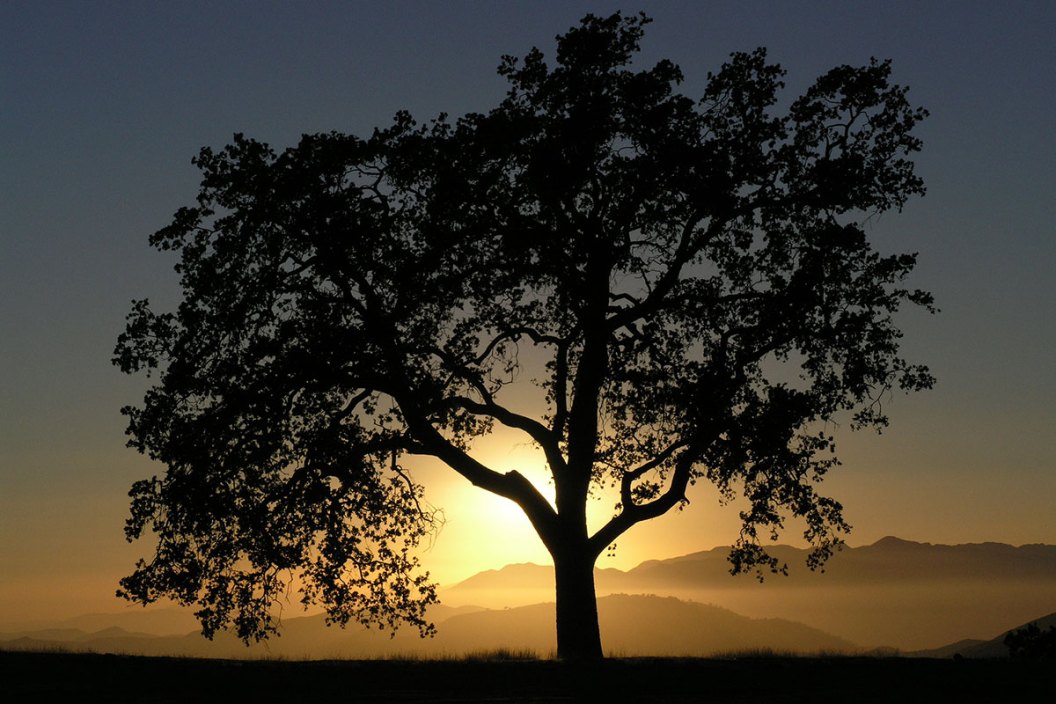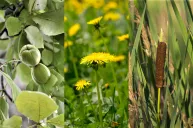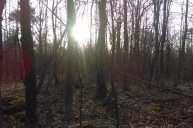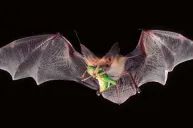Here are five trees every outdoorsman and woman should know.
We hate to admit it, but we don't pay a ton of attention to the tree species we encounter here in North America. Tree identification is a skill that is something of a lost art form. Far too often we hear the question: "What tree is that?"
Most people who enjoy the outdoors can tell the basic differences between a deciduous trees like dogwood and conifers like pine trees. But knowing the major difference between different trees can help you enjoy your outdoor activities even more.
Here are five species of trees you should know and why they're important to recognize without the use of Google.
Oak
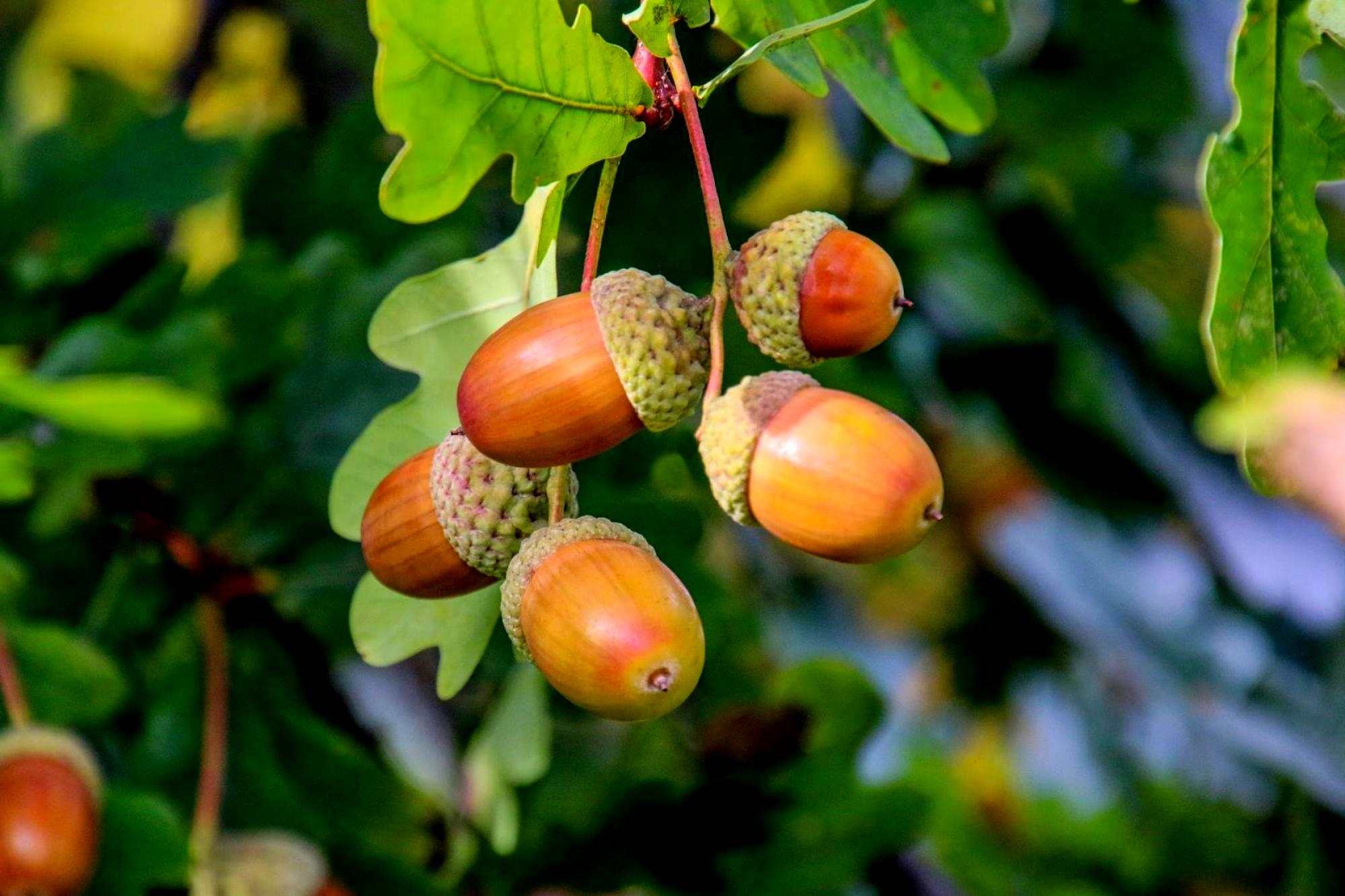
This is one of the easiest types of trees to identify. It's a very common tree characterized by its distinctive, and large lobed leaves which it grows in spades (I just got done cleaning a ton of them out of my aunt's yard this weekend). Oak is a hardwood tree species and there are around 90 species to be found here in the United States.
Of course, the wood from an oak is highly desirable in building, for furniture and for a variety of other purposes. It is a very versatile wood which is highly resistant to attack from invasive insects that have decimated other North American tree species.
But we put the oak on this list for its seeds, also known as acorns. If you're a deer hunter, acorns are your best friend. Heck, companies make deer attractants based on acorns. They flat out love them.
Find a grove of oaks in the fall where the acorns are literally carpeting the forest floor and you've got an excellent spot to set up a treestand. Odds are, there will be a ton of deer coming in to take advantage of the feast.
Mesquite
https://www.instagram.com/p/CGQxaf7ALaR/
Mesquite trees are mostly found in the west and southwestern United States. Anyone who lives in those areas is no doubt at least somewhat familiar with them. The compound leaves are easy to spot.
These trees don't grow particularly large, but most people know them for one thing, their thorns. If you brush up against a mesquite thorn, you'll know it.
These trees grow thorns upwards of three inches long and they're razor-sharp. More than one hunter or hiker has ended up with nasty puncture wounds from these things.
Of course, that's not to say this species is totally worthless. It has many uses. Most notably the wood, which when burned, can add an awesome flavor to just about anything cooked over it, including any wild game meat you might have on hand.
Mesquite trees are also worth noting for their bean pods. While you can sometimes cook and eat the beans, some people prefer to just cook the pulpy material around it.
You do have to be careful with this species because sometimes fungi can make the beans toxic, but this tree is something to look for in a survival situation when your options are already running low.
Hickory
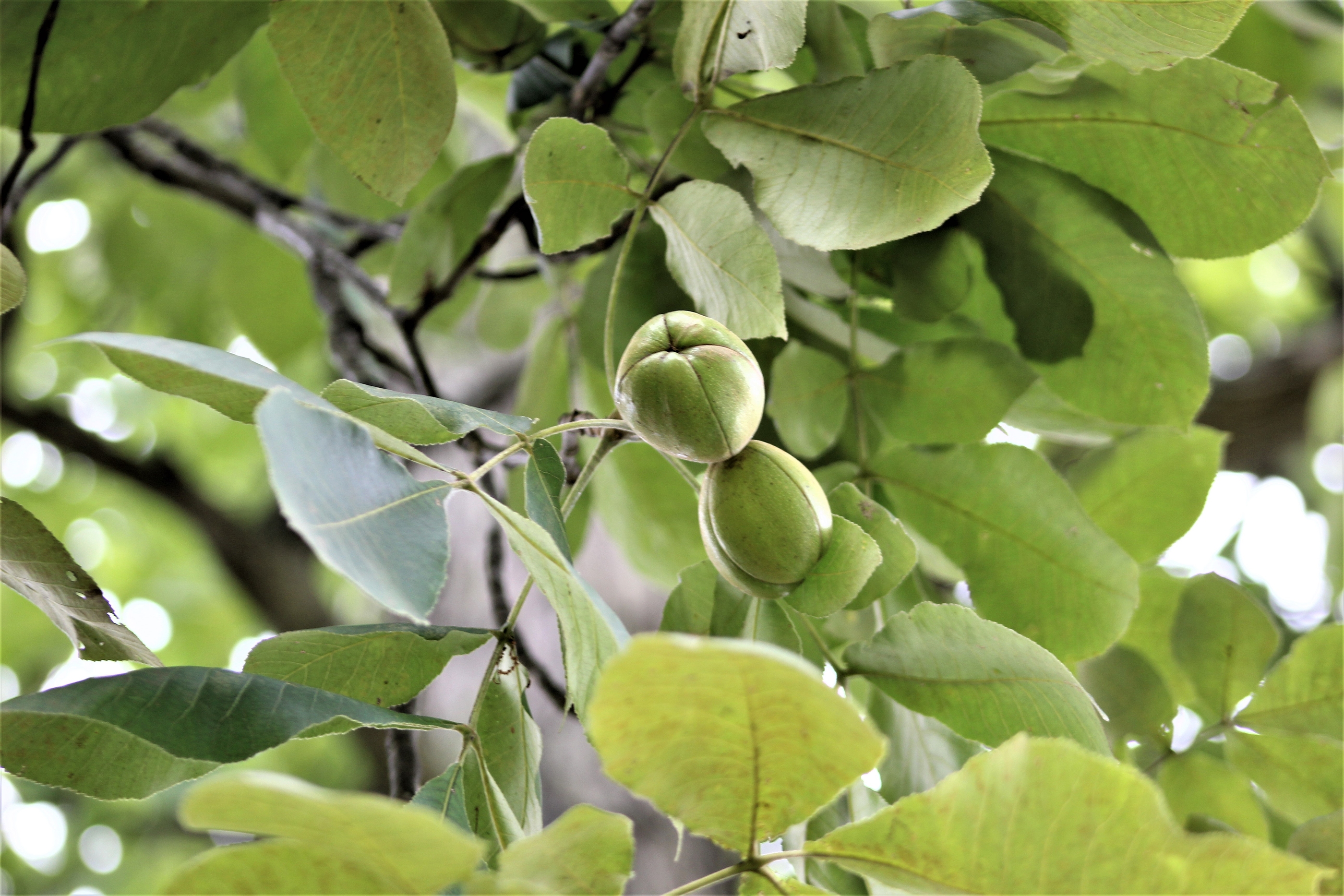
This genus of deciduous trees has about 12 species living here in North America. These trees can grow large, up to 80 feet tall depending on the subspecies and location.
Leaf identification is easy thanks to the composite leaf structure and obvious large nuts in season. These nuts are edible and can be consumed in a survival situation. They may not be a filling meal, but you'll get some needed energy out of it.
The only bad news is that hickory trees are exclusively an eastern species. If you live in or west of the Rocky Mountains, you're not going to be able to rely on this species as a possible survival food source.
Hickory is also considered extremely useful for its wood. It burns well, but it is extremely durable and dense. That's why it has a long history of being used for hand tools and athletic equipment, because this wood can take the abuse.
You'll need a sharp tool to shape it, but if you need to construct poles for a shelter or a spear in a survival situation, hickory is a decent choice.
Maple
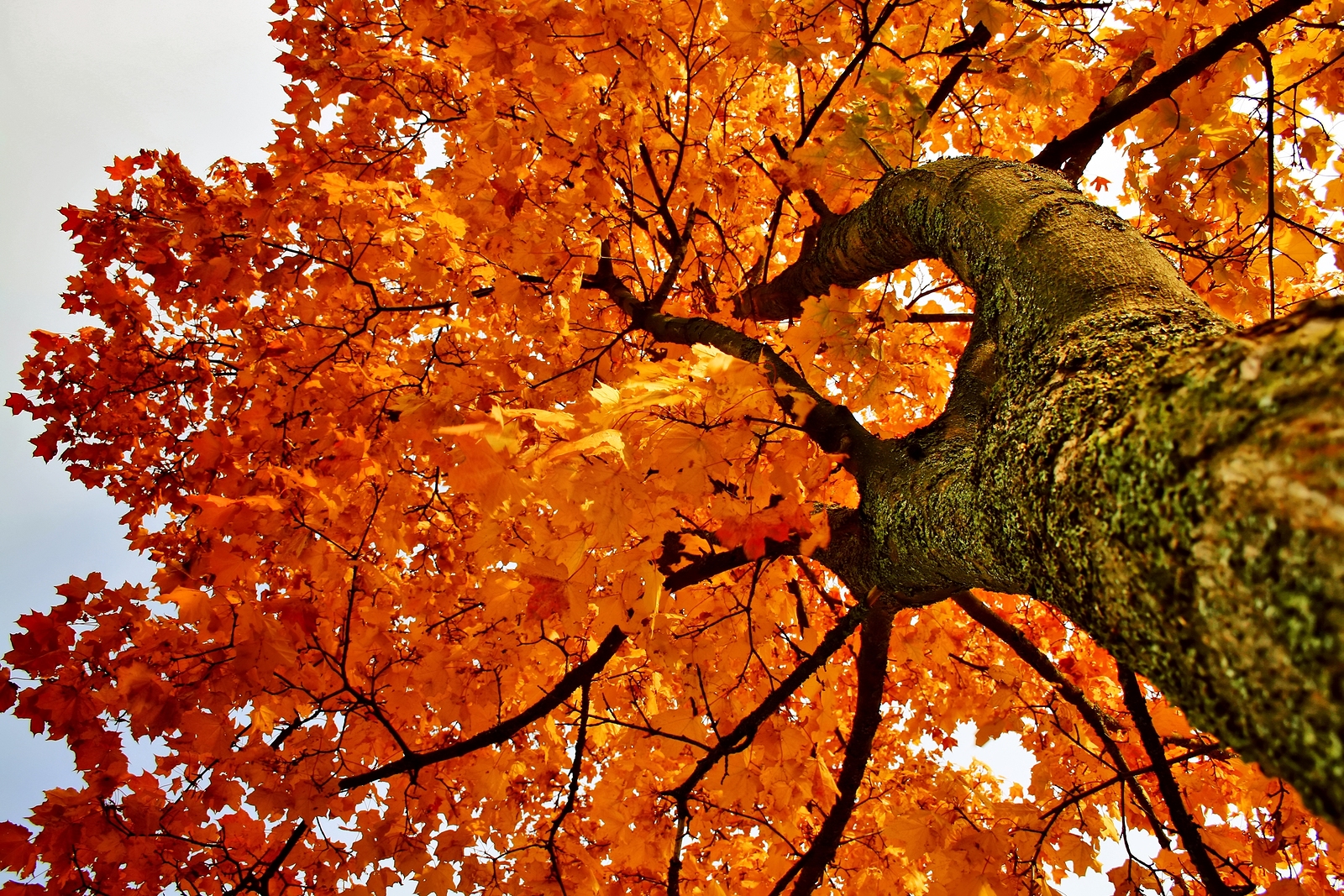
This is, by far, the most common tree species you'll encounter in North America. There are hundreds of different species of maple found throughout the world. I even saw a ton of these trees while on vacation in Europe this summer. They can grow to over 100 feet tall and if you have one in your yard, you know they produce a TON of seeds.
Those little helicopter seed pods might be annoying, but did you know they're also edible? It's true. You can either cook them or eat them raw. It seems most people prefer them roasted, but if you're starving in the wilderness, you can't really be picky.
Oh, and we can't forget about maple syrup. If you're looking for a fun outdoor DIY project to do with the family, tapping and processing maple syrup can be a rewarding and tasty thing to try.
Another reason we put maple on this list was because the wood can be useful. Perhaps more importantly, maples make for a great tree to set up a treestand.
I've been hanging my stands in maple for years. The bark of these trees helps the teeth of a treestand grip the trunk nicely. They're also very sturdy trees, which means you should have a solid platform for the perfect shot.
Most maples also offer a decent amount of concealment, especially in the early season when most of the leaves haven't fallen yet.
Walnut
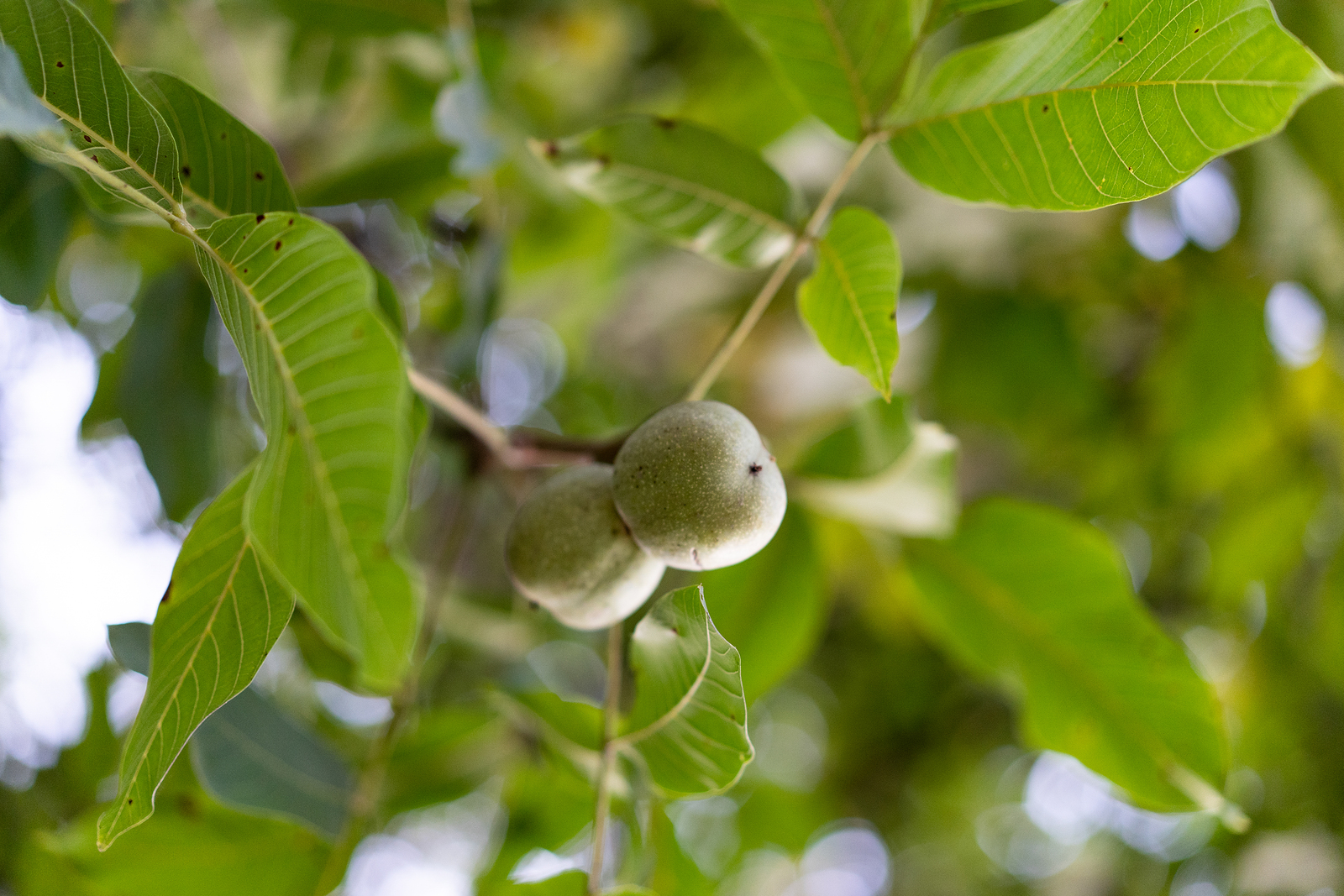
This is another common tree that can easily grow over 100 feet in height. The walnut is a deciduous tree and has a variety of uses for outdoorsmen and women. It's easily recognizable with large groups of composite leaves.
The wood is extremely versatile, but has picked up some niche uses over the years, mainly because walnut is highly versatile and beyond beautiful. Are you an amateur gunsmith looking to make some sleek-looking stocks for your firearms? Walnut is a wood to check out.
Another big reason we put walnut on this list is because of its nuts. If you're looking for a tree that produces a lot of fruit, walnut is the tree to look for. I used to have one in my yard and there was usually more than I could pick up falling all summer long.
A big reason you should look at walnuts if you need food in the wilderness is because they offer an exceptional amount of protein for their size. Like hickory, these nuts aren't super-filling, but they will help give you energy, especially in a survival scenario.
Also, one thing the field guides don't tell you is that squirrels love walnuts. I used to have dozens in my yard gathering them every year. So, one of these trees could be a good place to hunt for them.
(Bonus Tree) Manchineel
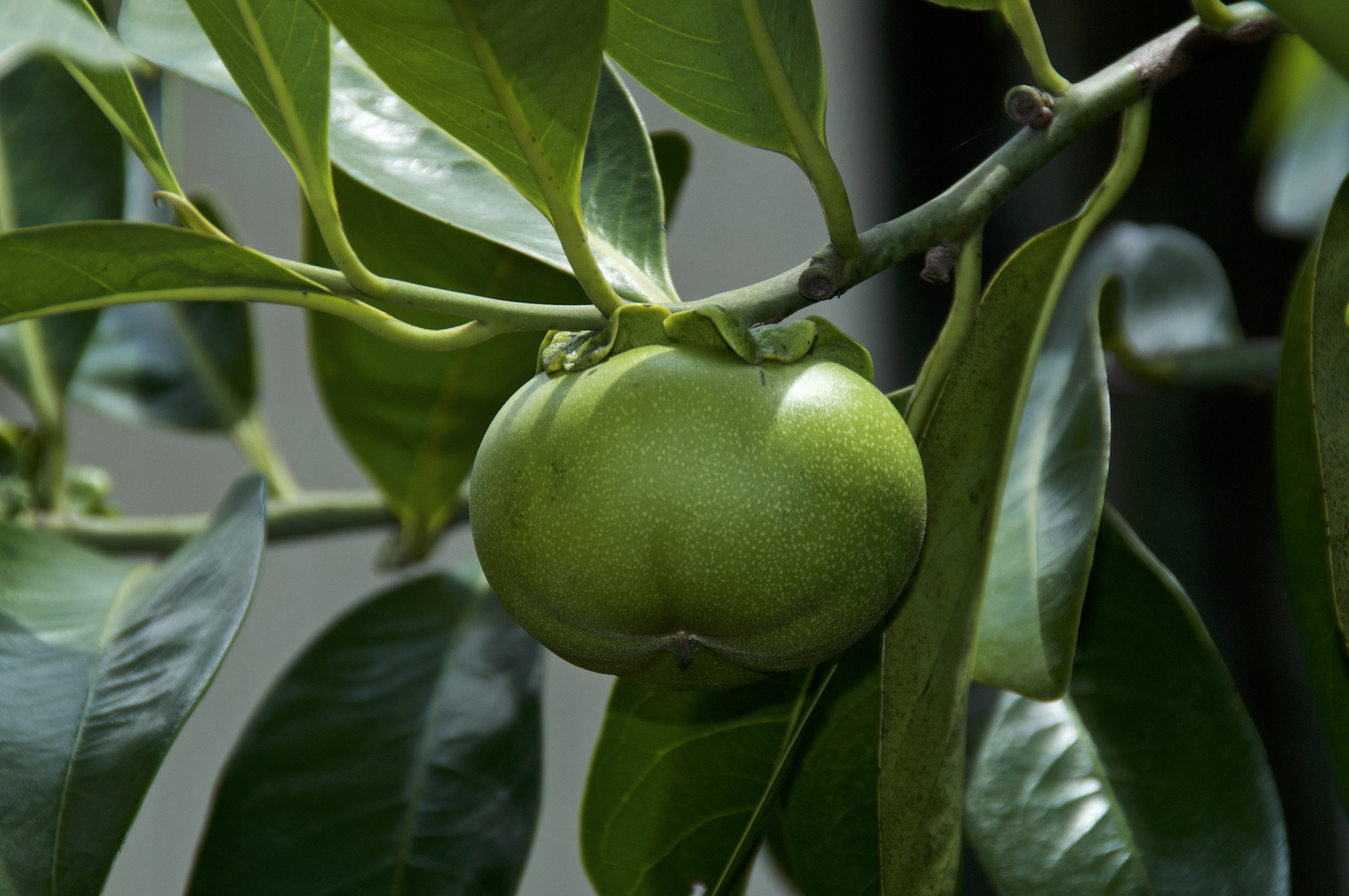
This is a much rarer tree for this list, which is why it's a bonus. You're highly unlikely to encounter it, but we feel like it's an important one for all outdoorsmen and women to know, because just standing under this tree has the potential to kill you!
We're not kidding. This tree is sometimes also called "manzanilla de la muerte," which translates to "little apple of death." The fruit from a manchineel is highly toxic. People who have tried it have said the sweet apple-like taste on first bite slowly gives way to a red-hot burning peppery taste that has caused gastroenteritis in a few cases.
But that's not all. This tree produces a milky-white sap that contains a compound called phorbol. Get it on you, and it causes blistering and peeling of the skin. If a manchineel tree is burning and you are near it, the compound can get in the smoke and cause blindness.
If you're standing under one of these trees in a storm, the water can even cause the sap to fall down like an acid rain.
Thankfully, this tree is exceedingly rare. You're likely to only encounter them in Florida, but it's worth knowing what they look like, because this tree can literally kill a person who is caught off-guard.
For more outdoor content from Travis Smola, be sure to follow him on Twitter and check out his Geocaching and Outdoors with Travis Youtube channels.
NEXT: 5 THINGS FOR OUTDOORSMEN TO DO BEFORE THE YEAR ENDS
WATCH
